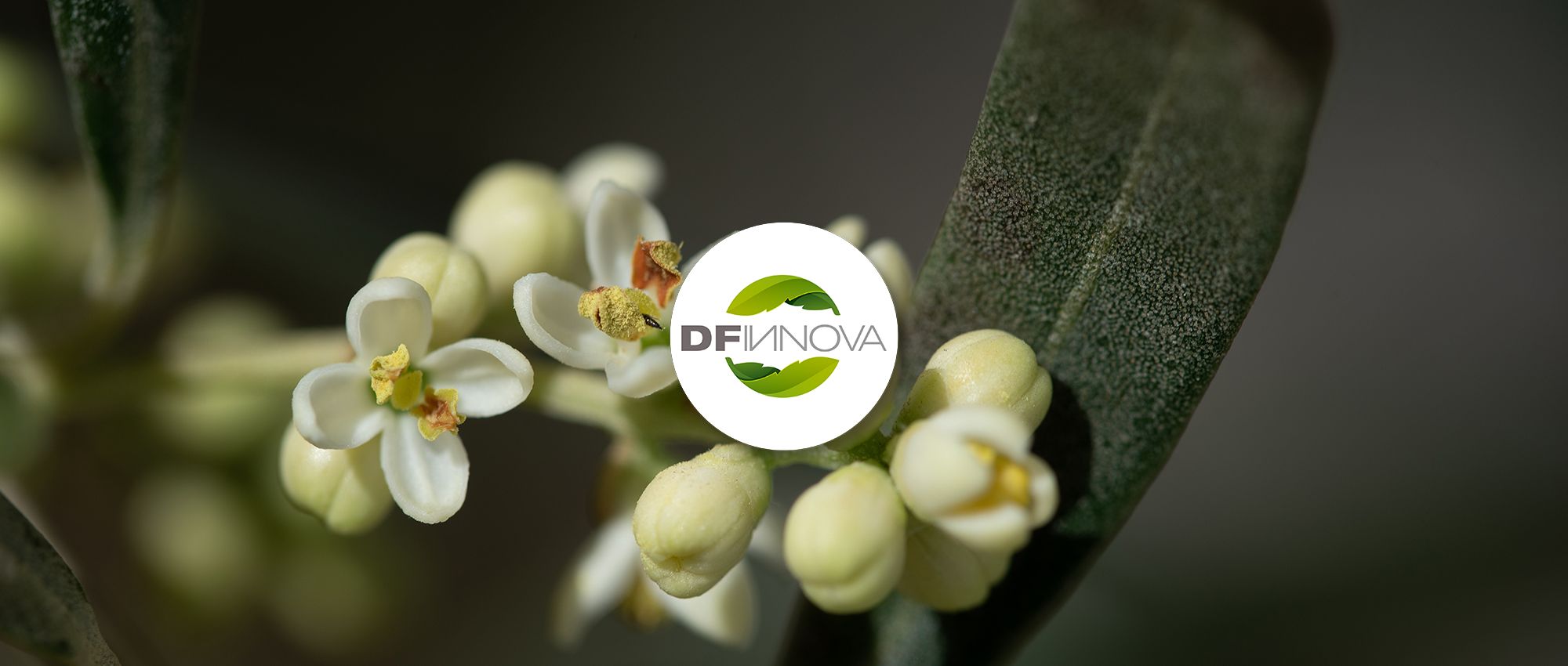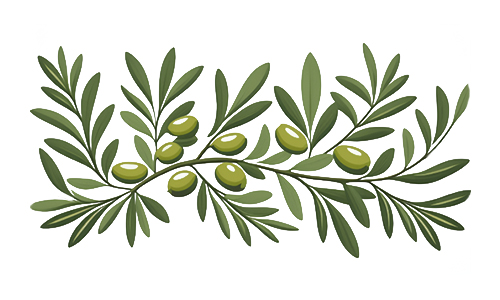
Effects of heat stress on olive tree flowering
Effects of heat stress on olive tree flowering
The olive flower (also known as “rapa”) is extremely sensitive to heat during its reproductive phase, particularly during the floral meiosis and the pollination phase. While mature olive trees can tolerate drought, their flowers are vulnerable and can suffer irreversible physiological damage. This explains why, even with irrigation, a heatwave in May or June can severely affect or even ruin an entire harvest.
Agronomic effects of heat on olive flowering
- Reduced floral differentiation:
- High temperatures during winter and spring can disrupt floral induction, leading to a decrease in the number of flower clusters. This phenomenon is linked to hormonal imbalances, particularly between gibberellins and auxins, and to the excessive production of ethylene, which is in turn associated with premature flower aging.
- Abnormal abscission (drop) of flowers and flower buds:
- Temperatures above 30–35°C during the flowering months (May to June) cause flower drop and a reduced fruit set (fruit formation).
- Water stress combined with heat further exacerbates this problem.
- Non-viable or low-quality pollen:
- Extreme heat negatively affects pollen germination and pollen tube growth, reducing fertilisation success.
- This can lead to lower productivity in more sensitive varieties, such as Picual.
- Floral desynchronisation:
- In some varieties, heat can either bring forward or delay flowering, causing asynchrony between male and female flowers. This reduces cross-pollination, which particularly affects olive trees with low self-compatibility.
- Higher incidence of “fruit drop”:
- Olive trees naturally produce more flowers than they can sustain, but heat stress increases the loss of newly set fruit, leaving clusters with few olives.
- Impact on oil production:
- Poor flowering results in fewer fruits per inflorescence, directly affecting the fat yield (kg oil/ha).
- In severe cases, there may be productive alternation, i.e. more pronounced alternate bearing.

Physiological effects on olive blossom under extreme heat
The process of floral differentiation, by which pollen and ovules are formed, occurs between late winter and mid-spring.
From a plant physiology perspective, the key phase during floral differentiation is meiosis. Let’s examine where this process occurs depending on the floral organ:
- In the male floral organ, called androecium, it takes place in the anther of the stamens, where pollen is formed. A key structure here is the tapetum, which provides nutrients and chemical signals essential for proper pollen development.
- In the female floral organ, the gyneceus (female floral organs) is responsible for ovule formation.
If everything occurs in the natural and usual way, the sexual organs of each flower form correctly and mature synchronously, leading to fertilisation and, ultimately, the formation of fruit (olives).
Unfortunately, as previously mentioned, the process of meiosis and the formation of pollen and ovules is extremely sensitive to high temperatures (above 30–35°C), particularly the stage related to the development of viable pollen.
High temperatures generate process alterations:
- Non-viable ovula and pollen, where the content of the genetic material is affected and differs from its normal structure.
- Tapetum degrades prematurely, which makes it unable to nourish developing pollen. This leads to improperly formed pollen, known physiologically as empty pollen. This “damaged pollen” does not germinate, or produces very short pollen tubes, incapable of fertilising an ovule.
- In the ovules, although more resistant to heat, embryo sac formation can be disrupted, which directly affects the capacity of the stigma to receive pollen, notably reducing fertilisation.
- There is an increased production of toxic compounds called ROS in the cells, which causes damage to the genetic material and can lead to cell death.

How do these alterations manifest in the flower?
- Sterile or non-functional pollen: misshapen grains lacking visible cytoplasmic content under the microscope.
- “Burnt” pollen: it takes the form of a dry, non-adhesive powder.
- Ovule abortion: flowers which, despite the presence of pollinators, remain unfertilised.
- Reproductive asynchrony: male and female flowers within the same inflorescence may mature at different times, reducing self-pollination.
- Changes in nectar composition and floral aroma: heat reduces the normal production of sugars and volatile compounds in nectar, decreasing its attractiveness to pollinators (bees, dipterans).
- Small, deformed flowers with atrophied or dry petals.
- Excessive “fruit drop”: flowers fall off without forming fruit.
Based on the knowledge of these physiological processes influenced by heat stress, DFINNOVA has developed a management programme to minimise both the physiological and agronomic impacts of high temperatures. The DFINNOVA programme is based on triggering a fast and intense preventive response that helps the olive tree achieve a suitable state of acclimatisation, improving its ability to withstand extreme temperatures.
There are various strategies available to mitigate these adverse effects on final yield. Products like ARA, E-X3, GLER POW or INDUS are some examples for the management of various solutions.
If you have more questions about matters such as the adaptation of olive trees to climate change, physiological alterations in the olive blossom, floral asynchrony in olive trees due to thermal stress or changes in olive nectar due to high temperatures, you may consult our website, write to us, or contact your nearest DFINNOVA distribution point. We look forward to hearing from you!

